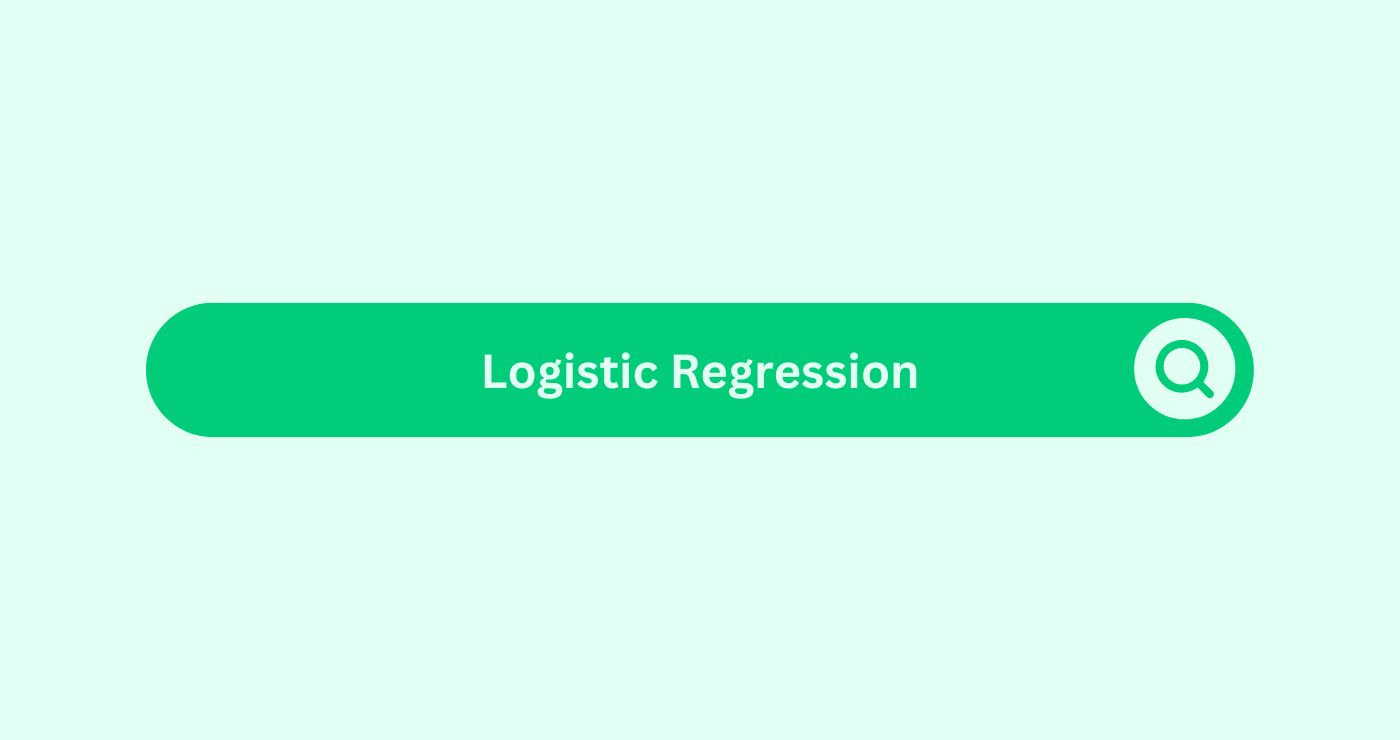Definition
Logistic regression steps in when clear yes-or-no answers matter. It’s the go-to model for predicting if something will happen or not—like, will a site visitor become a leadDefinition A Lead in the context of SEO refers to a potentia..., or just bounce? The model checks out the relationship between stuff like time on site, clicks, or demographic details, and spits out the odds of an event actually happening.
In the world of content marketingDefinition Content marketing strategically creates and share..., SEO teams lean on logistic regression to spot visitors likely to turn into leads just from their on-site actions. Performance marketing agencies dig into ad impressionsDefinition Impressions track campaign effectiveness for digi... with it, figuring out which ones actually get people to fill out forms. Over in digital marketing, firms in Auckland crunch the numbers to see which email recipients open newsletters or take the bait on offers.
Forget linear regression here; that one chases continuous numbers. Logistic regression, though, deals in probabilities—between zero and one. That makes it a weapon for targeting, personalisationDefinition Personalisation refers to the process of tailorin..., and qualifying leads. No guesswork, just numbers doing the heavy lifting.
Example Scenario
A performance marketing agency wants to improve leadDefinition A Lead in the context of SEO refers to a potentia... quality from paid campaigns. Using logistic regression, their data team models the probability of conversionDefinition In the realm of SEO, Conversion refers to the pro... based on input features: time spent on landing pagesDefinition Landing pages are standalone web pages specifical..., trafficDefinition In the context of SEO (Search Engine Optimisation... source, CTA clicks, and device type. The model predicts that mobile users who visit for over 60 seconds and click a CTA have a 74% probability of converting. Based on this, the agency targets similar users and increases conversionDefinition In the realm of SEO, Conversion refers to the pro... rates by 31% in two weeks.
Formula
Formula: P(Y=1)=11+e−(β0+β1X1+β2X2+⋯+βnXn)P(Y=1) = \frac{1}{1 + e^{-(\beta_0 + \beta_1 X_1 + \beta_2 X_2 + \dots + \beta_n X_n)}}P(Y=1)=1+e−(β0+β1X1+β2X2+⋯+βnXn)1
Explanation:
- P(Y=1)P(Y=1)P(Y=1): Probability of a positive event (e.g., a conversionDefinition In the realm of SEO, Conversion refers to the pro...)
- β0\beta_0β0: Intercept
- β1,β2\beta_1, \beta_2β1,β2: Coefficients for features
- X1,X2X_1, X_2X1,X2: Features such as time on site, clicks, etc.
| Feature | Coefficient (β) | Value (X) | Contribution (β×X) |
|---|---|---|---|
| Time on PageDefinition In the realm of SEO, time on page refers to the a... (minutes) | 0.65 | 2 | 1.30 |
| Clicked CTA (yes=1/no=0) | 1.20 | 1 | 1.20 |
| From Mobile Device | -0.40 | 1 | -0.40 |
| Total | — | — | 2.10 |
Final probability: P = \frac{1}{1 + e^{-2.10}} ≈ 0.89 \text{ (89% chance of conversionDefinition In the realm of SEO, Conversion refers to the pro...)}
5 Key Takeaways
- Logistic Regression predicts binary outcomes, such as whether a user will convert.
- It uses behavioural and demographic inputs to produce probability scores.
- Marketers can segment audiences based on predicted outcomes.
- It’s ideal for campaignDefinition An SEO campaign involves focused, Organised effor... targeting, lead scoringDefinition Lead scoring in AI for content marketing is basic..., and A/B test evaluation.
- Results help shape personalised content flows that improve performance.
FAQs
What does Logistic Regression predict in marketing?
It predicts the probability of binary outcomes—like email opens or conversions—based on past behaviour.
How does an SEO company benefit from Logistic Regression?
It helps segment users based on search activity and optimise landing page structures accordingly.
Is Logistic Regression better than linear regression for marketing?
Yes—for binary decisions like “yes/no” or “convert/not,” logistic regression provides more accurate insights.
How does a digital marketing Auckland team apply this?
They use it to determine which user behaviours leadDefinition A Lead in the context of SEO refers to a potentia... to newsletterDefinition A newsletter in email marketing is a regularly di... subscriptions or purchases.
Can small businesses use Logistic Regression?
Yes. Many CRMs and marketing platforms offer simplified logistic regression tools for data-driven decisions.




